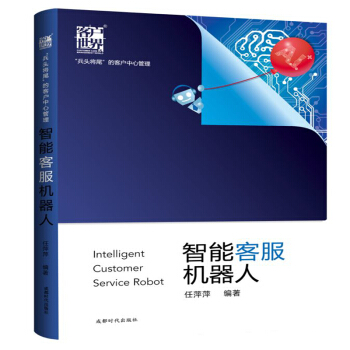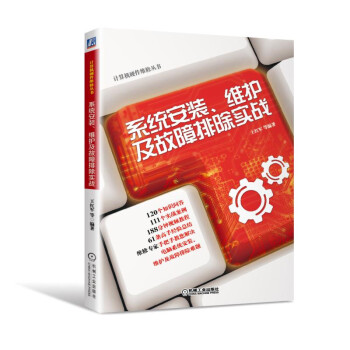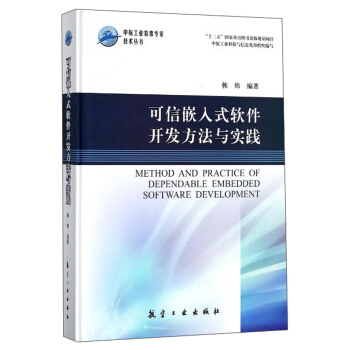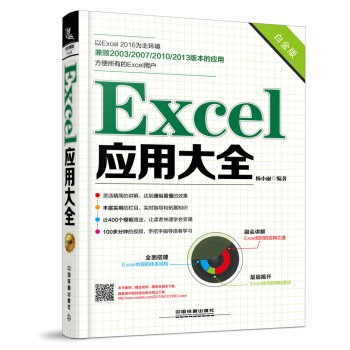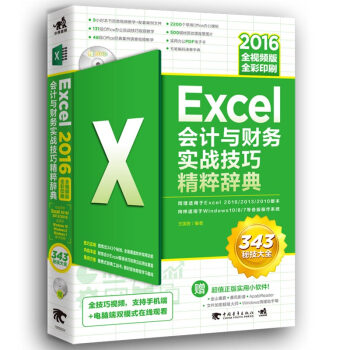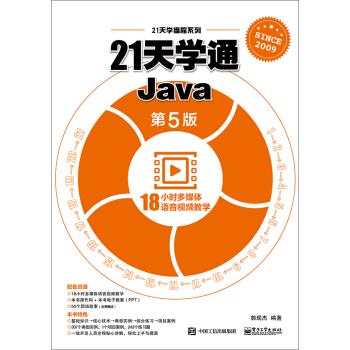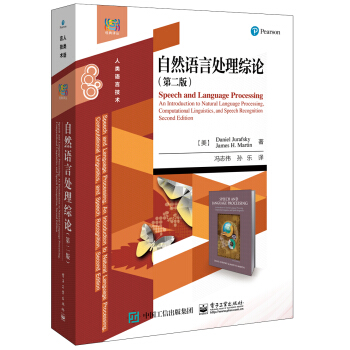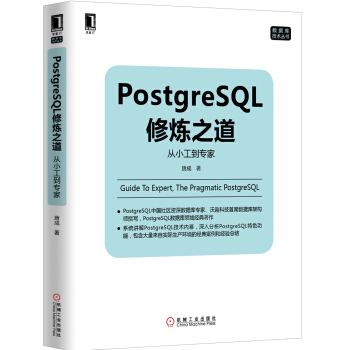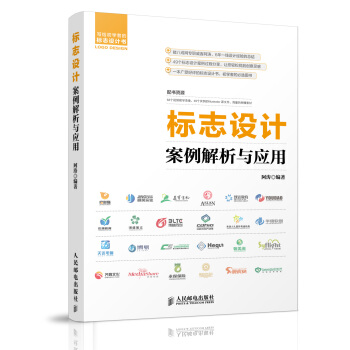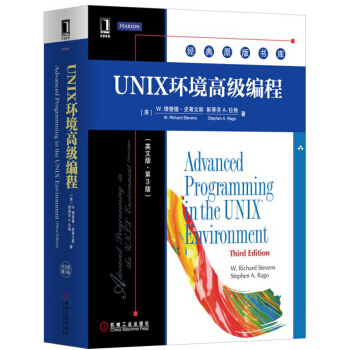![大數據分析:R語言實現(影印版 英文版) [Big data analytics with R]](https://pic.tinynews.org/12218643/5a20b0ceNce9f568f.jpg)

具體描述
內容簡介
大數據分析是檢視龐大的復雜數據集的過程,這些數據集通常超齣瞭你所擁有的計算能力。R語言作為數據科學的領軍編程語言,包含瞭諸多功能強大的函數,足以解決大數據處理相關的所有問題。《大數據分析:R語言實現(影印版 英文版)》首先簡要敘述瞭大數據領域及其當前的行業標準.然後介紹瞭R語言的發展、結構、現實應用和不足之處,接著引入瞭用於數據管理和轉換的主要R函數的修訂版。讀者會瞭解至U基於雲的大數據解決方案(例如Amazon EC2實例和Amazon RDS,Microsoft Azure及其HDInsight集群)以及R與關係/非關係數據庫(如MongoDB和HBase)之間如何建立連接。除此之外,進一步涵蓋瞭大數據工具,如ApacheHadoop、HDFS和MapReduce,還有其他一些R兼容工具,如Apache Spark及其機器學習庫Spark MLlib、H2O。
作者簡介
Simon Walkowiak,a cognitive neuroscientist and a managing director of Mind Project Ltd - a Big Data and Predictive Analytics consultancy based in London, United Kingdom. As a former data curator at the UK Data Service (UKDS, University of Essex) - European largest socio-economic data repository, Simon has an extensive experience in processing and managing large-scale datasets such as censuses, sensor and smart meter data, telecommunication data and well-known governmental and social surveys such as the British Social Attitudes survey, Labour Force surveys, Understanding Society, National Travel survey, and many other socio-economic datasets collected and deposited by Eurostat, World Bank, Office for National Statistics, Department of Transport, NatyCen and International Energy Agency, to mention just a few. Simon has delivered numerous data science and R training courses at public institutions and international comparniues. He has also taught a course in Big Data Methods in R at major UK universities and at the prestigious Big Data and Analyhcs Summer School organized by the Institute of Analytics and Data Saence (IADS),內頁插圖
目錄
PrefaceChapter 1: The Era of Big Data
Big Data - The monster re-defined
Big Data toolbox - dealing with the giant
Hadoop - the elephant in the room
Databases
Hadoop Spark-ed up
R- The unsung Big Data hero
Summary
Chapter 2: Introduction to R Programming Language and Statistical Environment
Learning R
Revisiting R basics
Getting R and RStudio ready
Setting the URLs to R repositories
R data structures
Vectors
Scalars
Matrices
Arrays
Data frames
Lists
Exporting R data objects
Applied data science with R
Importing data from different formats
Exploratory Data Analysis
Data aggregations and contingency tables
Hypothesis testing and statistical inference
Tests of differences
Independent t-test example (with power and effect size estimates)
ANOVA example
Tests of relationships
An example of Pearson's r correlations
Multiple regression example
Data visualization packages
Summary
Chapter 3: Unleashing the Power of R from Within
Traditional limitations of R
Out-of-memory data
Processing speed
To the memory limits and beyond
Data transformations and aggregations with the ff and ffbase packages
Generalized linear models with the ff and ffbase packages
Logistic regression example with ffbase and biglm
Expanding memory with the bigmemory package
Parallel R
From bigmemory to faster computations
An apply() example with the big.matrix object
A for() loop example with the ffdf object
Using apply() and for() loop examples on a data.frame
A parallel package example
A foreach package example
The future of parallel processing in R
Utilizing Graphics Processing Units with R
Multi-threading with Microsoft R Open distribution
Parallel machine learning with H20 and R
Boosting R performance with the data.table package and other tools
Fast data import and manipulation with the data.table package
Data import with data.table
Lightning-fast subsets and aggregations on data.table
Chaining, more complex aggregations, and pivot tables with data.table
Writing better R code
Summary
Chapter 4: Hadoop and MapReduce Framework for R
Hadoop architecture
Hadoop Distributed File System
MapReduce framework
A simple MapReduce word count example
Other Hadoop native tools
Learning Hadoop
A single-node Hadoop in Cloud
Deploying Hortonworks Sandbox on Azure
A word count example in Hadoop using Java
A word count example in Hadoop using the R language
RStudio Server on a Linux RedHat/CentOS virtual machine
Installing and configuring RHadoop packages
HDFS management and MapReduce in R - a word count example
HDInsight - a multi-node Hadoop cluster on Azure
Creating your first HDInsight cluster
Creating a new Resource Group
Deploying a Virtual Network
Creating a Network Security Group
Setting up and configuring an HDInsight cluster
Starting the cluster and exploring Ambari
Connecting to the HDInsight cluster and installing RStudio Server
Adding a new inbound security rule for port 8787
Editing the Virtual Network's public IP address for the head node
Smart energy meter readings analysis example - using R on HDInsight cluster
Summary
Chapter 5: R with Relational Database Management Systems (RDBMSs)
Relational Database Management Systems (RDBMSs)
A short overview of used RDBMSs
Structured Query Language (SQL)
SQLite with R
Preparing and importing data into a local SQLite database
Connecting to SQLite from RStudio
MariaDB with R on a Amazon EC2 instance
Preparing the EC2 instance and RStudio Server for use
Preparing MariaDB and data for use
Working with MariaDB from RStudio
PostgreSQL with R on Amazon RDS
Launching an Amazon RDS database instance
Preparing and uploading data to Amazon RDS
Remotely querying PostgreSQL on Amazon RDS from RStudio
Summary
Chapter 6: R with Non-Relational (NoSQL) Databases
Introduction to NoSQL databases
Review of leading non-relational databases
MongoDB with R
Introduction to MongoDB
MongoDB data models
Installing MongoDB with R on Amazon EC2
Processing Big Data using MongoDB with R
Importing data into MongoDB and basic MongoDB commands
MongoDB with R using the rmongodb package
MongoDB with R using the RMongo package
MongoDB with R using the mongolite package
HBase with R
Azure HDInsight with HBase and RStudio Server
Importing the data to HDFS and HBase
Reading and querying HBase using the rhbase package
Summary
Chapter 7: Faster than Hadoop - Spark with R
Spark for Big Data analytics
Spark with R on a multi-node HDInsight cluster
Launching HDInsight with Spark and R/RStudio
Reading the data into HDFS and Hive
Getting the data into HDFS
Importing data from HDFS to Hive
Bay Area Bike Share analysis using SparkR
Summary
Chapter 8: Machine Learning Methods for Big Data in R
What is machine learning?
Supervised and unsupervised machine learning methods
Classification and clustering algorithms
Machine learning methods with R
Big Data machine learning tools
GLM example with Spark and R on the HDInsight cluster
Preparing the Spark cluster and reading the data from HDFS
Logistic regression in Spark with R
Naive Bayes with H20 on Hadoop with R
Running an H2O instance on Hadoop with R
Reading and exploring the data in H2O
Naive Bayes on H2O with R
Neural Networks with H2O on Hadoop with R
How do Neural Networks work?
Running Deep Learning models on H20
Summary
Chapter 9: The Future of R - Big, Fast, and Smart Data
The current state of Big Data analytics with R
Out-of-memory data on a single machine
Faster data processing with R
Hadoop with R
Spark with R
R with databases
Machine learning with R
The future of R
Big Data
Fast data
Smart data
Where to go next
Summary
Index
用戶評價
我是一個剛入行的數據分析新手,對大數據分析的世界充滿好奇和憧憬。在學校裏接觸過一些基礎的統計學和編程知識,但麵對“大數據”這個詞,還是感到一絲迷茫。朋友推薦瞭我這本《大數據分析:R語言實現(影印版 英文版)》,說R語言是大數據分析的利器,而這本書是入門的絕佳選擇。拿到書後,我被它的厚度嚇瞭一跳,但隨之而來的是一種踏實感。我喜歡這本書的循序漸進的風格,從最基礎的R語言語法和數據結構講起,一步一步地引導我理解數據處理的邏輯。我最害怕的就是看到一堆復雜的公式和代碼,而這本書的語言比較平實,並且有很多圖示,這讓我更容易理解抽象的概念。我非常期待書中關於數據清洗和預處理的部分,因為我知道這是數據分析中最耗時但又最重要的一步。我希望能學習到如何有效地處理缺失值、異常值,以及如何進行特徵選擇和構建。此外,書中關於模型構建的章節也讓我非常感興趣,我希望能夠學習到一些常見的機器學習算法,並瞭解如何在R語言中應用它們來解決實際問題。這本書對我來說,就像是一張詳盡的藏寶圖,指引我在大數據分析的廣闊海洋中找到自己的方嚮。
評分這本《大數據分析:R語言實現(影印版 英文版)》我可是期待瞭很久!之前一直聽說R在數據分析領域的強大,但苦於沒有係統學習的機會。看到這本英文原版,我感覺找到瞭寶藏!封麵上“Big data analytics with R”的字樣就足夠吸引人瞭,我最近工作上經常需要處理海量數據,傳統Excel分析已經捉襟見肘,迫切需要一種更專業、更高效的工具。雖然是影印版,但拿到手後的紙質和排版都非常不錯,感覺不像那種粗製濫造的盜版書,這點讓我很放心。我翻看瞭目錄,章節設置非常閤理,從基礎的R語言語法開始,逐步深入到大數據處理的各個環節,包括數據清洗、探索性數據分析、特徵工程,以及最終的模型構建和評估。我尤其期待書中關於分布式計算和並行處理的部分,這對於處理PB級彆的數據至關重要。我平時的工作涉及金融風控,對時間序列分析、預測模型等內容非常感興趣,希望這本書能提供一些實用的R代碼和案例,讓我能夠學以緻用,提升工作效率和分析的深度。而且,直接學習英文原版,也能順便提升我的技術英語水平,一舉兩得!
評分對於我這樣一位在學術界摸爬滾打多年的研究者來說,一本高質量的技術書籍意味著能夠快速掌握前沿方法,並將其應用於我的科研項目。《大數據分析:R語言實現(影印版 英文版)》這本書恰好滿足瞭我的需求。我一直關注大數據在統計學和機器學習領域的應用,而R語言作為開源且功能強大的統計分析軟件,自然是首選工具。這本書的英文原版,意味著我可以接觸到最原汁原味的理論和方法,避免瞭翻譯過程中可能齣現的理解偏差。我個人比較注重方法論的嚴謹性,因此,我希望能從書中深入瞭解各種大數據分析算法背後的數學原理,以及它們在R語言中的具體實現細節。這本書的篇幅看起來相當可觀,這讓我對內容的深度充滿期待。我尤其關注的是書中對於大數據可視化工具和技術的介紹,清晰直觀的圖錶對於科研成果的展示和傳播至關重要。我希望書中能夠提供一些進階的案例,例如如何利用R語言處理大規模文本數據、圖像數據,或者進行復雜的網絡分析。如果書中還能提及一些關於性能優化的技巧,那對我來說更是錦上添花,能夠幫助我在有限的計算資源下完成更具挑戰性的研究。
評分我是一名在校的研究生,目前正在撰寫關於大數據分析的畢業論文。為瞭讓我的研究更具深度和實踐性,我一直在尋找一本能夠係統介紹大數據分析技術,並且有實際代碼示例的書籍。《大數據分析:R語言實現(影印版 英文版)》這本書對我來說,無疑是一劑強心針。我之前對R語言有過初步的瞭解,但始終覺得不夠係統和深入。這本書的齣現,讓我看到瞭一個全麵掌握R語言在大數據分析中應用的希望。我特彆看重書中對實際案例的講解,我希望能夠通過書中提供的代碼,親手實踐各種大數據分析技術,並從中學習到解決問題的思路和方法。我非常期待書中能夠涵蓋一些關於預測建模、分類算法、聚類分析等內容,這些都是我論文研究中可能需要用到的技術。另外,對於大數據分析的評估和優化,我也希望能夠從書中獲得一些指導。這本書的英文原版,對我來說也是一種挑戰和鍛煉,我希望能夠通過閱讀它,進一步提升我的技術閱讀能力,並掌握更前沿的學術知識。
評分作為一個在科技公司工作的程序員,我一直緻力於探索更高效的數據處理和分析方法。對於“大數據”這個概念,我有著強烈的實踐需求。我選擇這本《大數據分析:R語言實現(影印版 英文版)》,主要是看中瞭它對R語言的側重,以及“大數據分析”這個主題。我平時接觸Java和Python比較多,但聽說R語言在統計分析和可視化方麵有著獨特的優勢,而且社區非常活躍,相關的包非常豐富。我希望這本書能夠幫助我快速上手R語言,並掌握它在處理大規模數據集時的技巧。我特彆關注書中關於高性能計算和內存管理的章節,這對於我們這種需要處理億級數據量的公司來說至關重要。我期待書中能夠介紹一些能夠加速R代碼執行的庫和技術,比如並行計算、GPU加速等。此外,我對書中可能提及的分布式R計算框架(如SparkR)也非常感興趣,如果能學習到如何在集群環境中利用R進行大數據分析,那將大大提升我的工作能力。這本書的英文原版,也讓我有機會接觸到一些國外最新的技術理念和最佳實踐。
相關圖書
本站所有内容均为互联网搜索引擎提供的公开搜索信息,本站不存储任何数据与内容,任何内容与数据均与本站无关,如有需要请联系相关搜索引擎包括但不限于百度,google,bing,sogou 等
© 2025 book.tinynews.org All Rights Reserved. 静思书屋 版权所有


